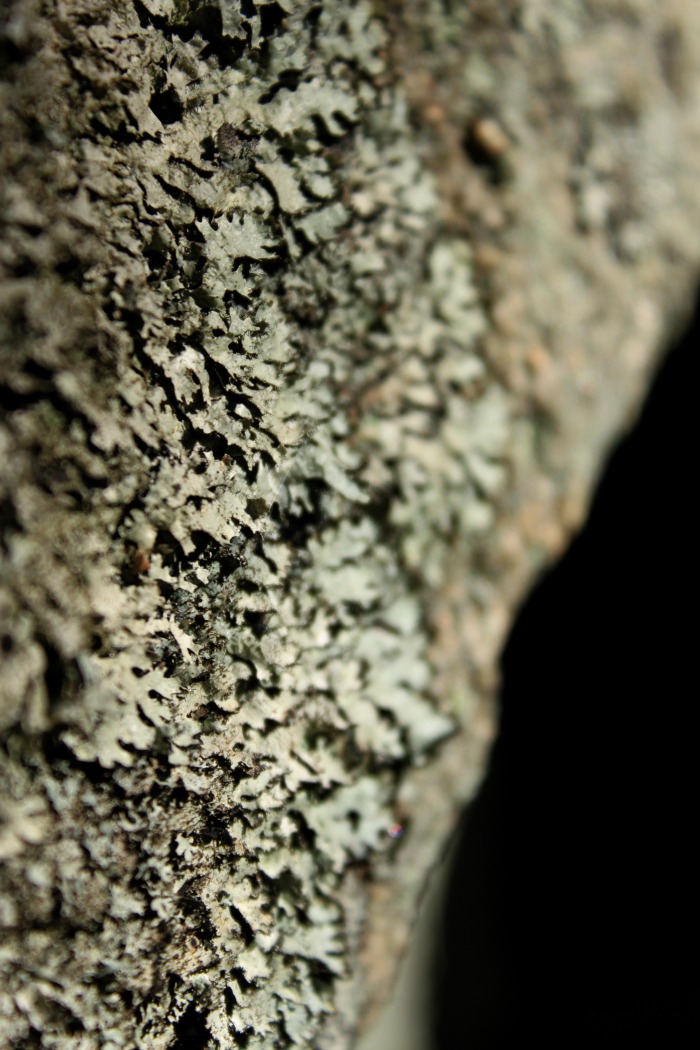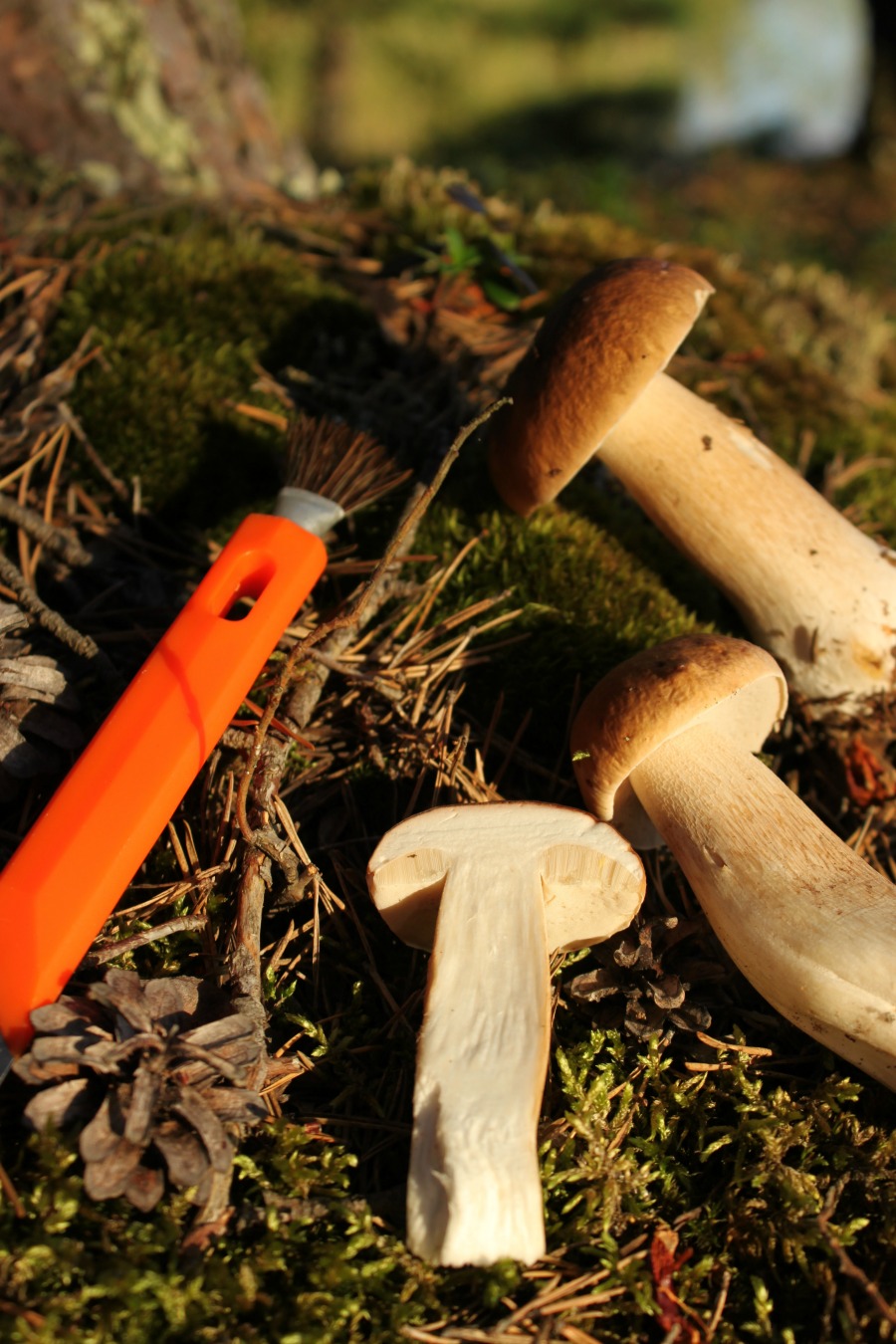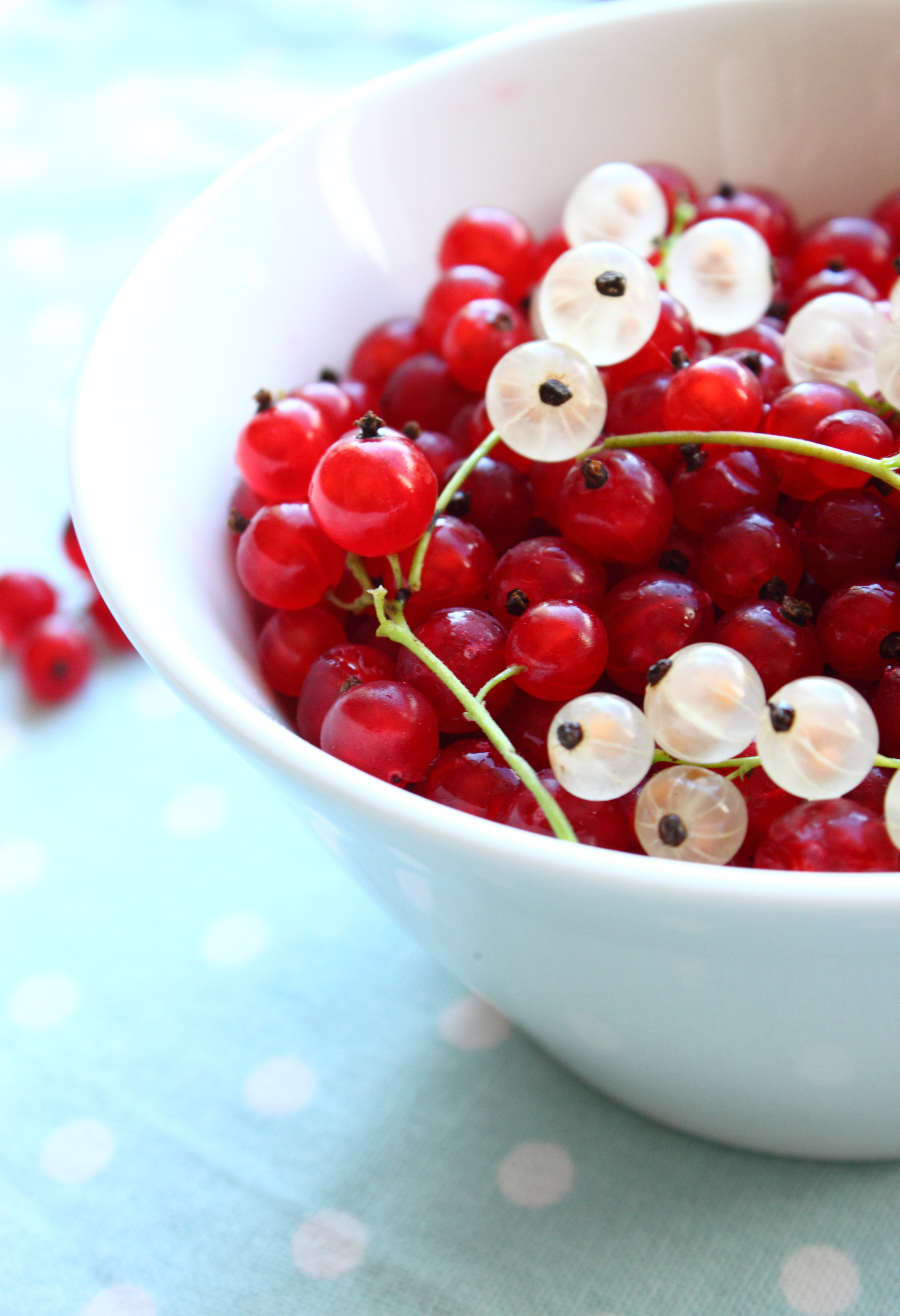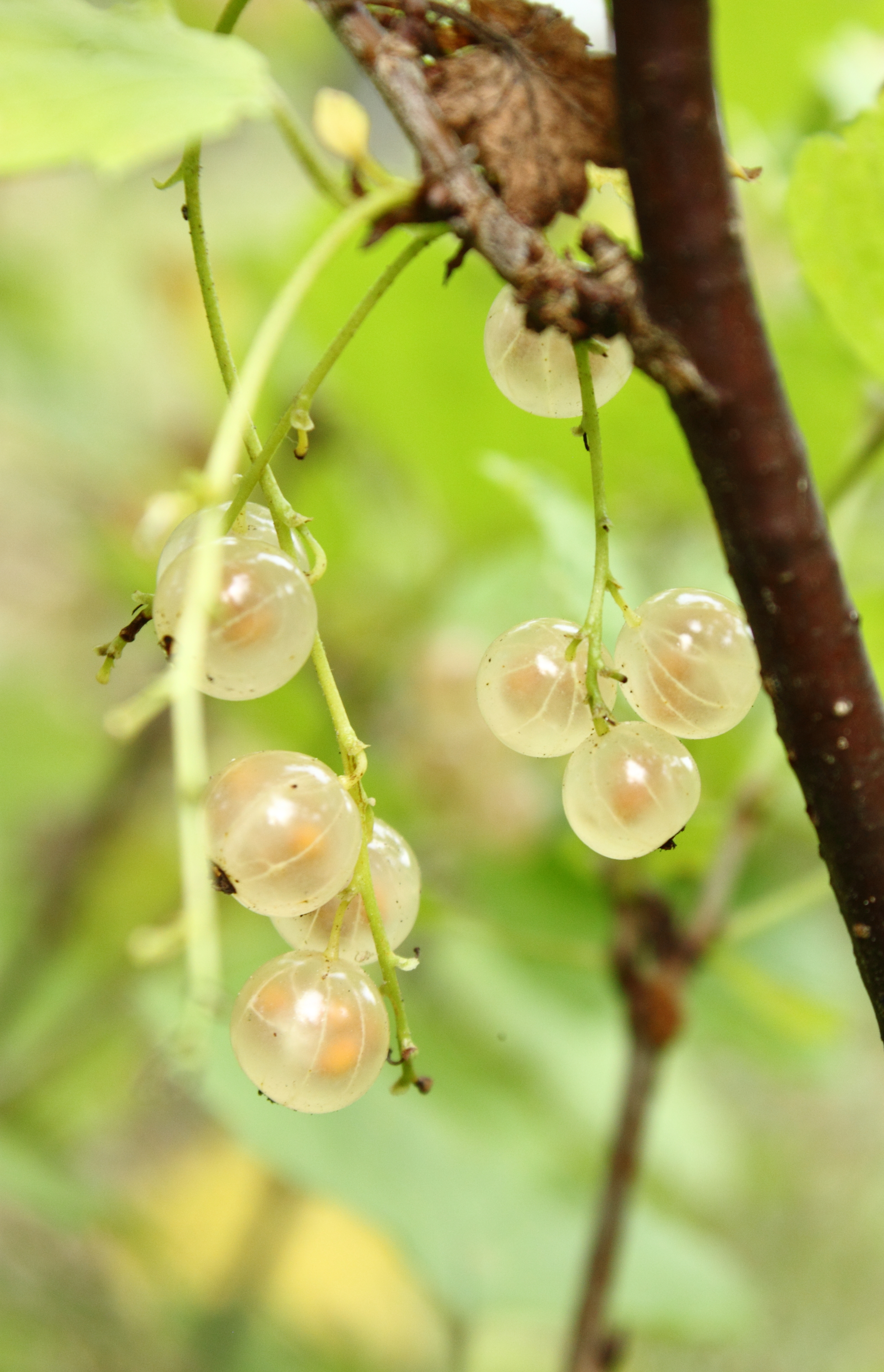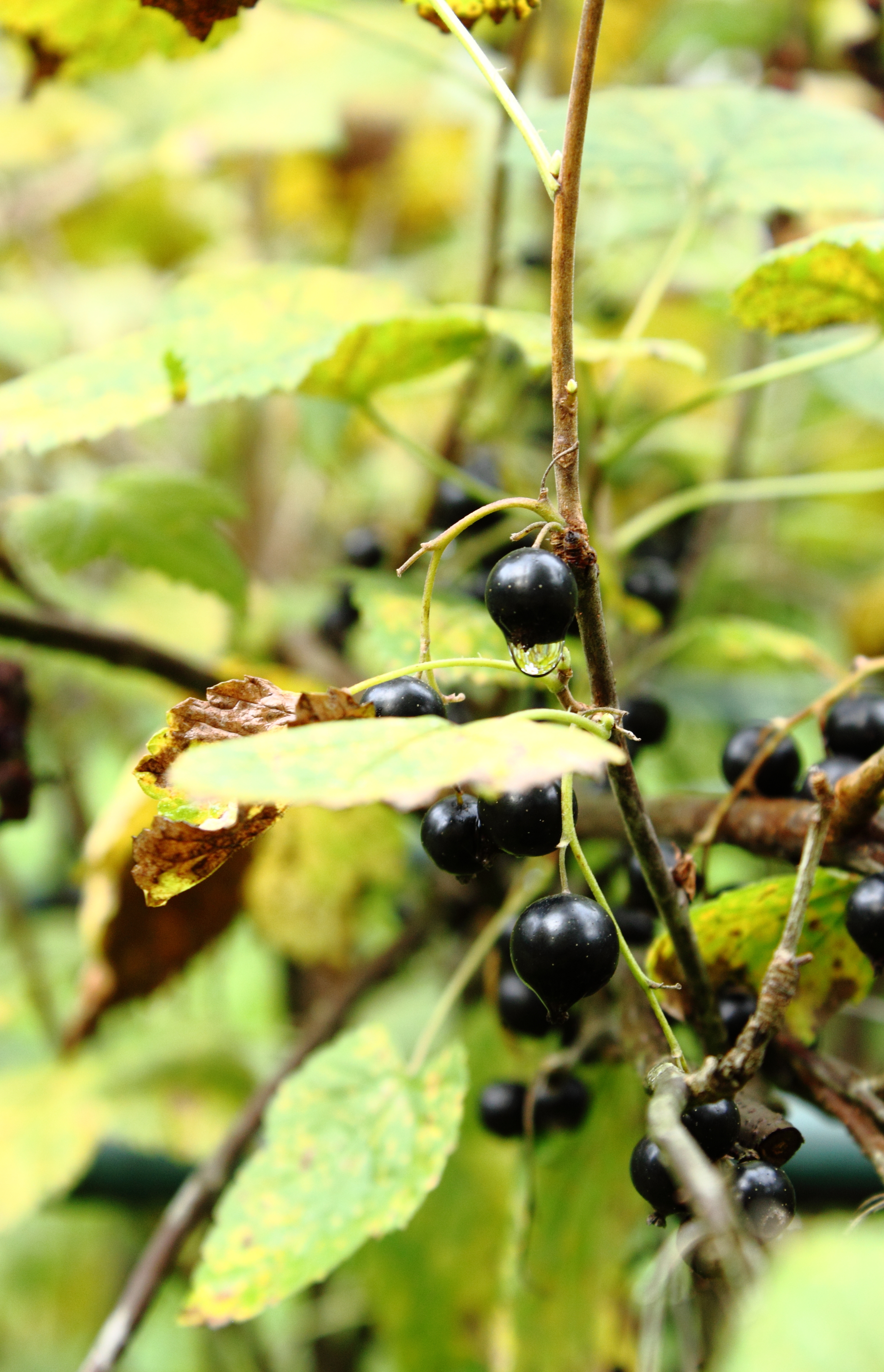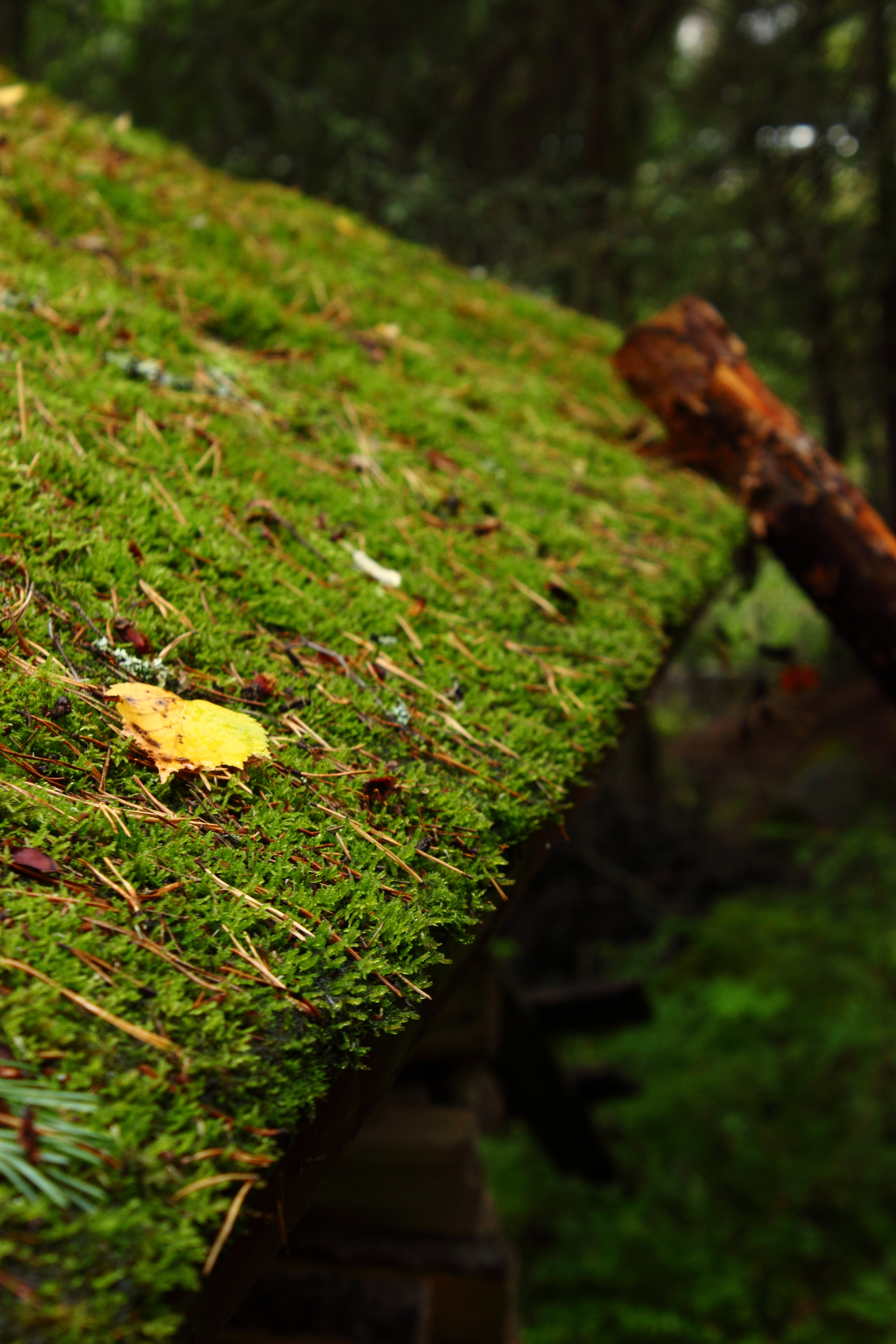I'm a summer girl. No denying that. I love the blue skies and the warm summer breeze. I love how life is lived outside. I love having a barbecue night with family and friends. I love drinking my morning coffee from a paper mug at the farmers market {which I do way too seldom!}. But most of all I love the light. Oh that light! The one that can't be found anywhere else in the world. When the sun never really goes down, I think to myself "Life doesn't get better than this".
I wanted to celebrate the last day(s) of summer with the last new potatoes of the season. New potatoes are best bought at the farmers market where they most likely have seen the sunlight for the first time only a few hours before. How do you know if your new potatoes are fresh? The skin should come off easily when you rub it with your fingers. I firmly believe that the smaller the potato, the better the taste so I always dig for the tiny ones... Oh and select the dirty ones - the dirt protects them from harm. In this case dirty is beautiful.
Salt Roasted New Potatoes with Dill
serves 2-3
500 g (1 lb) new potatoes {the smaller the better}
zest of 1 lemon
2 tsp fine sea salt
1 tbsp dill, chopped {I like to simply cut it with my kitchen scissors}
olive oil
Preheat oven to 225°C (435°F).
Wash (but don't peel) potatoes and put into a roasting pan. Toss potatoes with lemon zest, sea salt and dill as well as just enough olive oil to coat the potatoes evenly.
Roast on the middle rack for 30 minutes, or until potatoes are tender and golden brown. If the salt crust is too thick for your liking, just remove any excess salt.
Serve as a side dish for any grilled meat or fish. I enjoyed mine with a piece of warm smoked salmon and a green salad.
Note: You can of course use regular potatoes for this dish. Just try to get small ones or you will need to adjust the roasting time or even pre-boil your potatoes before roasting.







